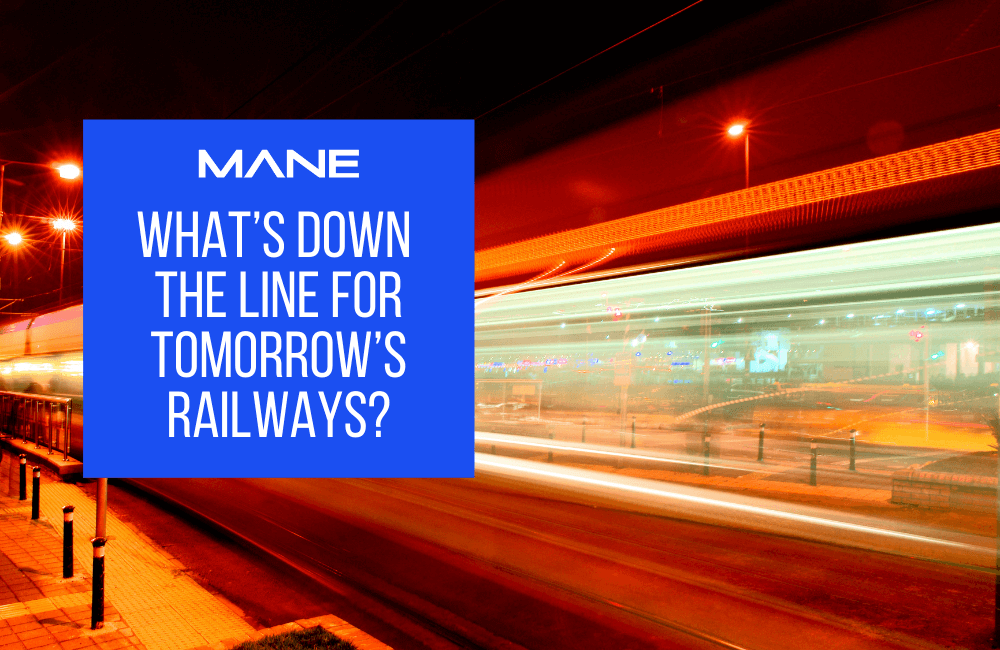What’s down the line for tomorrow’s railways?
15 Jul, 202110 minsThe rail industry is undergoing a dramatic transformation – not just on one front, but on th...

The rail industry is undergoing a dramatic transformation – not just on one front, but on three. The future is green, connected, and diverse – and in this case, we’re not talking about diverse humans. Read on to discover the future of rail.
1. Green Trains
Almost every sector that runs on energy is moving towards an all-renewable future. For the rail sector, a key focus is cutting power-system emissions. This involves a range of technologies, from controls and electronics to after-treatment systems.
The industry has already cut nitrous oxide and particulate emissions from diesel engines by over 80% in the last 20 years, through technologies like selective catalytic reduction and exhaust gas recirculation, and is now aiming to cut them to nearly zero.
Diesel-hybrid and fuel cell applications look set to power this effort. In 2020, two trains powered by Cummins fuel cells travelled over 180,000 km during an 18-month trial in Europe. 41 of these trains will be produced by 2022, making Cummins the world leader in fuel cells for trains.
2. Connectivity
Connectivity is the nervous system that connects other technologies like IoT, AI and machine learning. The advent of 5G is enabling much more reliable connectivity with higher capacity and lower latency.
Higher capacity means the rail industry can increase the number of IoT devices on trains without clogging up the wavelengths. Higher reliability and lower latency mean connected devices can now be trusted to handle mission-critical tasks that require instant intervention and previously could only be done by humans.
Thanks to 5G, we’re likely to see further innovative uses of connectivity on the railways over the coming years.
3. Diverse power systems
When the railways were first built in the 1800s, there was only one power option: steam. In the 1930s, diesel emerged and took over from steam. Recently, it’s become a duopoly between diesel-electric and full-electric power.
But now emerging power system technologies could offer alternatives. Options being tested include hybrid solutions. batteries and fuel cells, both proton-exchange membrane and solid oxide.
The future of power systems is expected to be more diverse, not dominated by one or two technologies. Diesel-electric and full-electric technologies will coexist with new technologies, and rail operators will be able to choose between them based on budget, infrastructure availability, local regulations and customer preferences.


